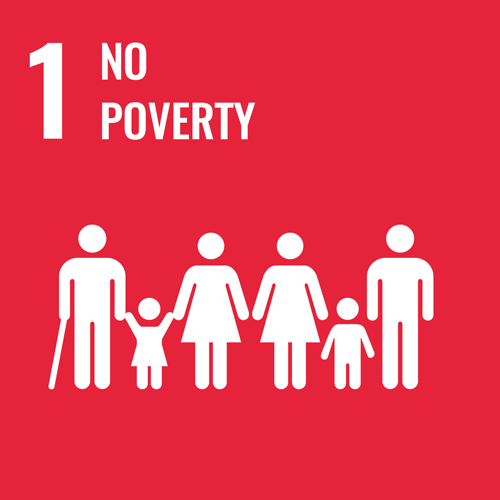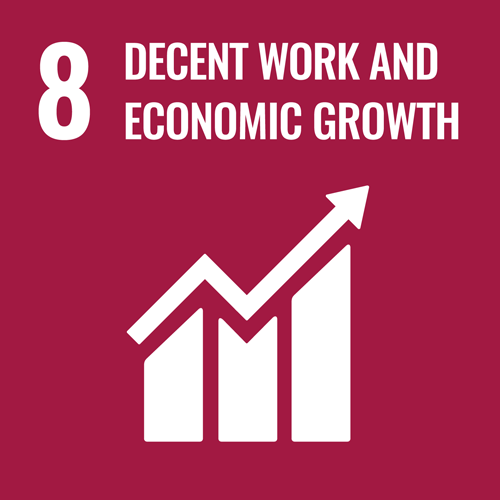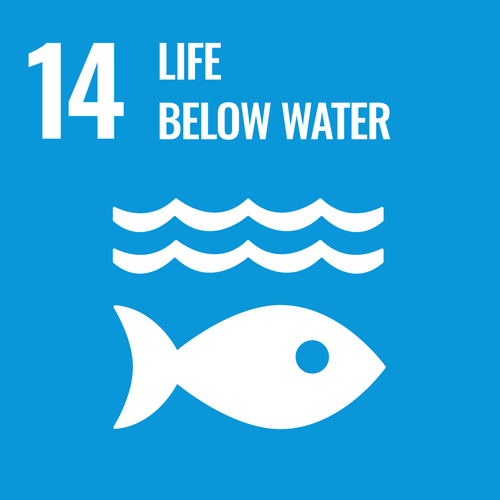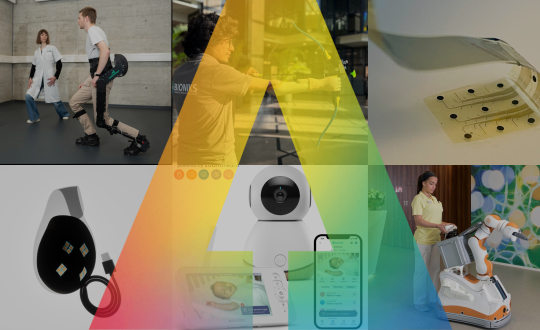As a Master Inventor at IBM, I’m part of the team responsible for helping the company become the leading recipient of U.S. patents for the last quarter century. While most people think of commercialization, IBM has a strong commitment to Social Good and also focuses innovation towards the United Nations’ 17 Sustainable Development Goals (SDGs), which aim to eradicate things like poverty, hunger, disease, and more.
These are game-changing initiatives that definitely require new ideas. That’s why IBM has launched Watson for Social Good to help organizations leverage Artificial Intelligence (AI) for the betterment of the world.
The AI capabilities of InvestEd
A great example is InvestEd, of which I am a team member, and ITU is a global partner. They started off by realizing they could commercialize and create social good at the same time by enabling financial education and facilitating microloans for small businesses in emerging markets.
By helping these small businesses grow, they added more value to the small, local communities. And to make their product even better, InvestEd is adding AI capabilities to widen their offerings and provide a more innovative user experience.
InvestEd is leveraging AI to improve and personalize the story telling in its educational modules. In addition, using AI capabilities like Watson’s psychographic profiling, it can facilitate better risk management practices for the banks issuing micro loans based on the need and likelihood of repayment.
As a result, InvestEd is helping to fulfill three SDGs:
- Goal 1: No Poverty – improving financial literacy and optimizing available financial resources.
- Goal 3: Good Health and Well-Being – A curriculum on how to invest for healthy pregnancy and match-making services for rural health care.
- Goal 8: Decent Work and Economic Growth – Eentrepreneurship education, best practices, how microloans work, and the fundamentals of creating a profitable business that positively impacts the local community.
Chatbots and small differences made big
Also consider chatbots: While they’ve become increasingly prevalent, there’s a huge opportunity for social good. For instance, IBM has invested in Chatbots for good which provide free help in some areas of law, therapy, and quitting smoking, to name a few. The potential here is incredible. Think across all the SDGs. We could build chatbots that help build awareness, drive behaviour, and install action in people to make small differences… but small changes done right can make a huge difference!
RELATED: Why ‘AI for Good’ is gaining ground
At a micro level, it’s much more difficult to recognize the impacts. For example, I stopped shaving with water to reduce my water consumption. When people hear this, they often say it doesn’t ‘move the needle’. In the grand scheme of things, it probably doesn’t. On average, we use about 1 gallon of water to shave our face.
However, what if my attitude inspired a 100 people to do the same thing? Ok…. But does 100 gallons of water per day move the needle? What if those 100 people inspire 100 people each? Does 10 000 gallons per day move the needle? At some point, it does. This is where I hope more people will use the Chatbots for Good.
If we had a little better understanding on how small changes create an impact, it would help us change our behaviour at a macro level. This really adds up across the entire population. This just won’t move the needle for us; it’ll help us move mountains.
Preserving life below water and life on land
Thinking about wildlife, let’s consider the great work of PAWS, an organization that uses machine learning to predict where poachers may strike, or Dr Eric Elster, who worked with the Walter Reed National Military Medical Center to apply machine learning techniques to improve the treatment of U.S. service members injured in combat. Through their work, they’re helping to fulfill SDG No. 14: Life Below Water, and SDG No. 15: Life on Land.
RELATED: 5 ways ICTs are helping to protect wildlife
IBM’s long-term commitment to climate action
Likewise, IBM Green Horizons uses cognitive computing to develop solutions in renewable energy, climate change, and traffic management. The goal is to use AI to identify sustainable opportunities to support SDG No. 9: Industry, Innovation, and Infrastructure, and SDG No. 11: Sustainable Cities and Communities, and SDG No. 13: Climate Action. Green Horizons is a 10-year initiative, and more importantly, it has commitment by IBM because the company recognizes that real solutions take time, commitment, and investment.
AI for social good – some helpful tips to get you started
These are just a few initiatives for Social Good. We still have plenty of opportunities out there so I challenge you to get started.
To help, here are three best practices for people who want to make a difference.
First, build your understanding of what AI is and is not. Leverage great online learning, such as Intro to Artificial Intelligence on Udacity.
Second, forget what you know and think differently. AI is the third generation of computing and a very different computing model. Don’t focus on use cases and scenarios. Think about the problem to solve. Consider the ideal scenario and the best possible solution, and then see if AI can help.
Third, set aside bias.
There are things that people are better than machines at doing, but there are things machines are better than people at doing.
This might include some surprising areas. For example, people seem to be more honest in sharing health or financial information with a machine than a person because they don’t worry about being judged. This means that AI gets more accurate data to provide more meaningful recommendations.
Therefore, knowing that a machine might be as capable as a person (in some areas) could unlock whole new capabilities. People (or organizations) who do this create more value, and drive more innovation, because they’re leveraging a great set of AI capabilities.
As you can see, when it comes to AI and recent initiatives with IBM Watson, the social good possibilities are endless.
Technology will only continue to become more advanced, creating new opportunities to fix societal problems related to health, sustainability, conservation, accessibility, and much more. If you’re thinking of jumping into AI for good, just remember the most important rule: think differently.


















